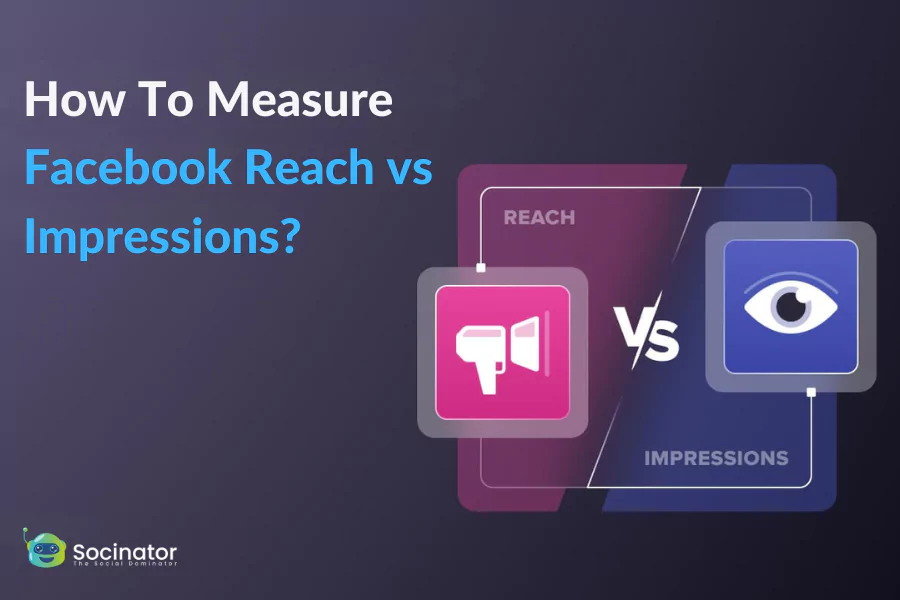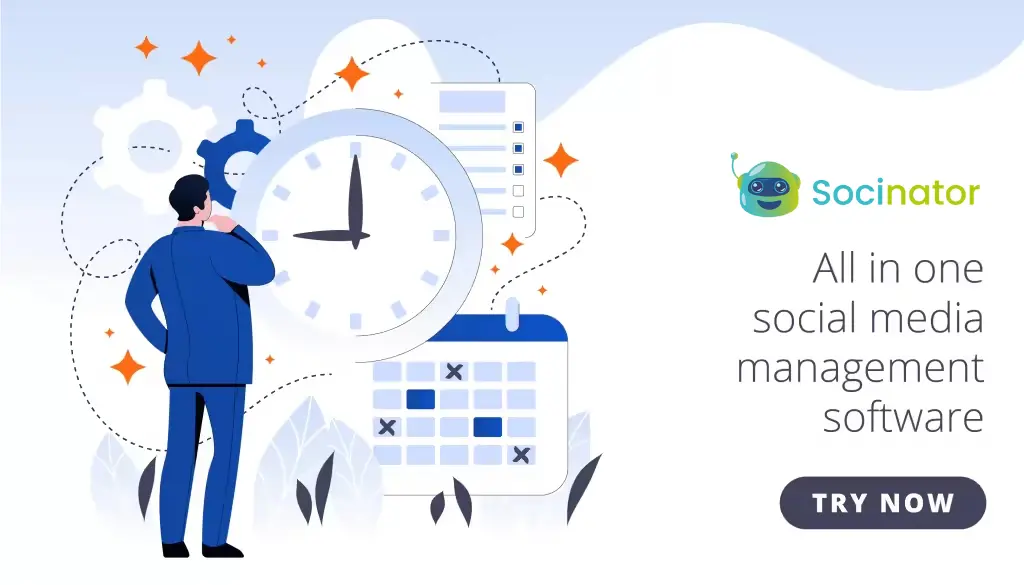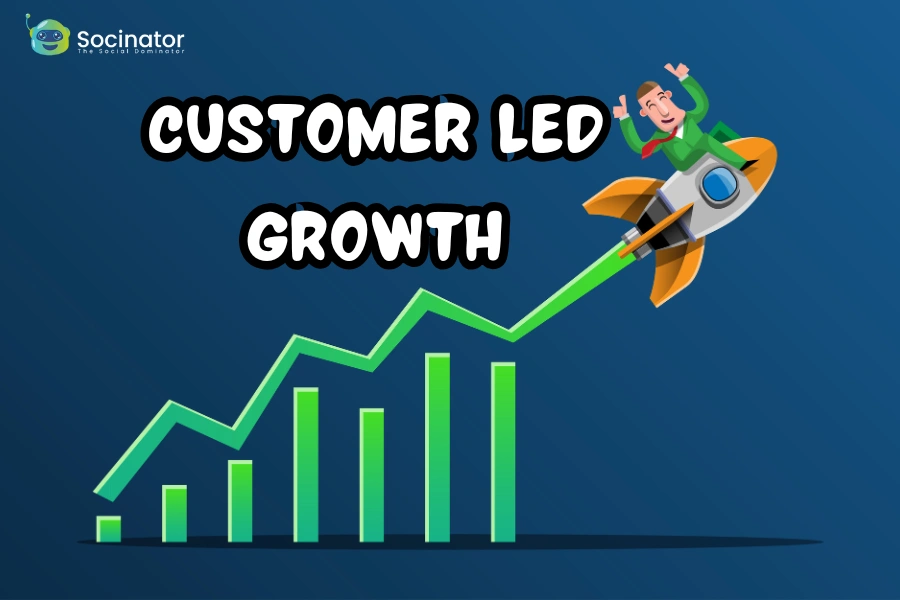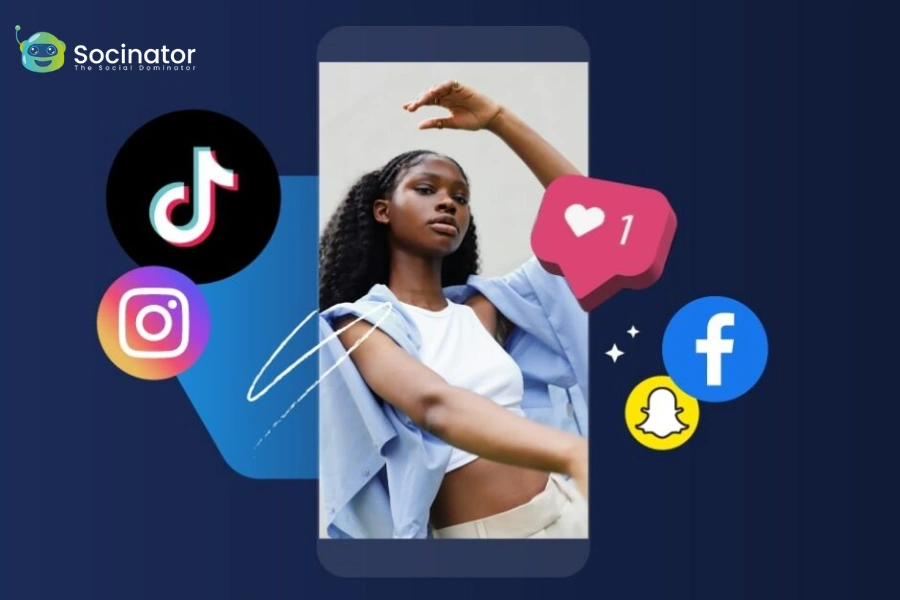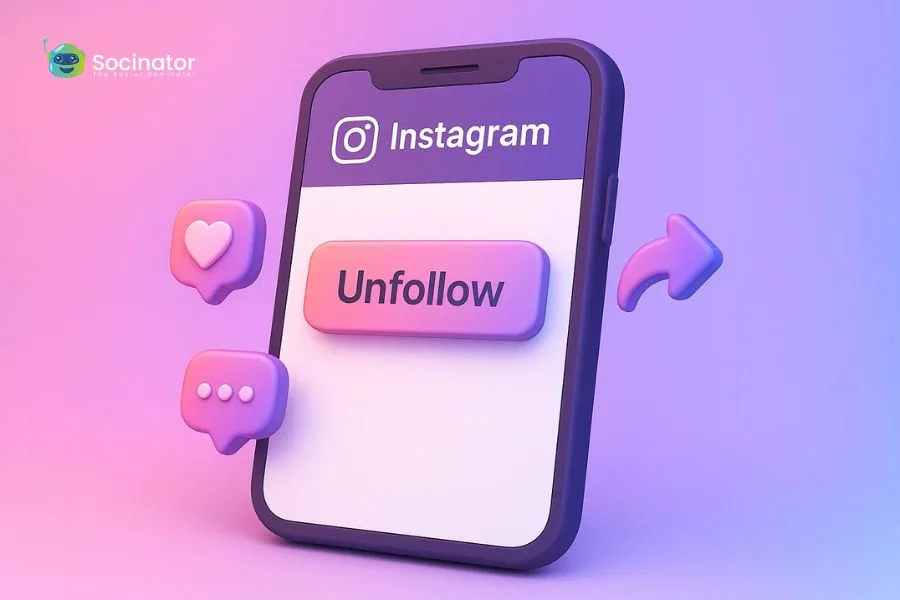When you pour time, creativity, and resources into a Facebook ad campaign, every detail matters. One misinterpreted metric can lead to misdirected efforts and wasted investment. In today’s advertising landscape, distinguishing between two key measurements can mean the difference between a campaign that resonates and one that falls short. Many advertisers have realized that while their ads may register high numbers on one metric, the impact on their target audience remains elusive. When understanding Facebook reach vs impressions, marketers must pay close attention to two measurements. The comparison of metrics, particularly Facebook reach vs impressions, helps refine ad strategies and avoid the pitfalls of relying solely on one form of data. This blog post will walk you through each facet of these measurements, clarifying their differences and illustrating practical approaches to leverage both for your campaign’s success.
By the end of our discussion, you will have a clear and actionable understanding of these metrics and learn how to use them effectively. Let’s begin our journey into the essential metrics that many overlook but are indispensable for crafting successful Facebook campaigns. Next, we will examine the fundamentals of these measurements and discuss their importance.
Listen To The Podcast Now!
Reach vs Impressions: Breaking Down The Basics
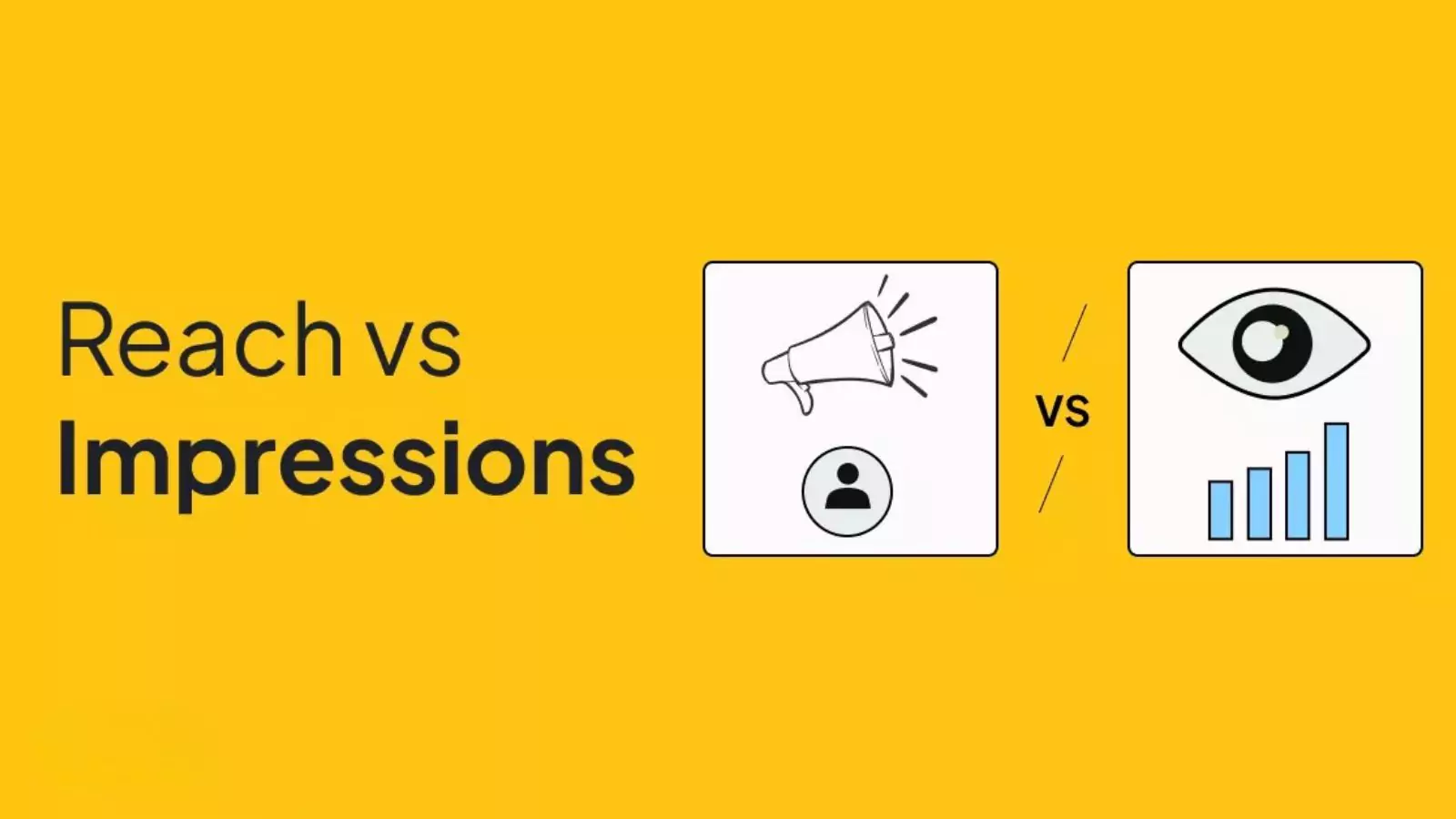 Before you can optimize your campaigns, you must first understand the basic concepts behind the numbers. When it comes to Facebook, two critical metrics stand out: reach and impressions. While both are important, they measure very different aspects of your ad performance.
Before you can optimize your campaigns, you must first understand the basic concepts behind the numbers. When it comes to Facebook, two critical metrics stand out: reach and impressions. While both are important, they measure very different aspects of your ad performance.
What Does “Impressions” Mean On Facebook?
Impressions represent the total number of times your ad appears on users’ screens, regardless of whether the same individual sees it multiple times. It is akin to having a billboard visible to countless passing motorists on a busy highway. In contrast, reach measures the unique individuals who have had your ad displayed on their screens at least once.
For example, if an advertisement loads on 10 devices but two users see the ad twice, the reach is eight, while the impressions total twelve. While impressions can build brand familiarity and reinforce messages, reach offers insights into how many unique people encounter your ad. Understanding how these metrics interact is essential to optimize your overall strategy. In many cases, the critical comparison lies in recognizing that Facebook reach vs impressions offers two sides of the same coin, each dictating separate parts of a well-rounded plan.
In our analysis of reach vs impressions, clear differences emerge that can guide you in determining which metrics are more relevant for different campaign goals. Comprehending Facebook reach vs impressions is foundational to better advertising decisions, so let us now move forward with a closer look at how the system works and what might be causing your campaigns to underdeliver.
The Algorithm’s Hidden Hand: Why Some Content Gets Buried
 Behind every high-performing ad and everyone that quietly fades away is Facebook’s algorithm determining what users see. This system decides what content gets noticed and what is ignored, often based on unclear signals.
Behind every high-performing ad and everyone that quietly fades away is Facebook’s algorithm determining what users see. This system decides what content gets noticed and what is ignored, often based on unclear signals.
Facebook now prioritizes content that encourages interaction. If your post doesn’t spark likes, comments, or shares, its chances of being seen drop significantly. This is especially true for organic content, where reach has steadily declined across most pages. Understanding how this algorithm works is essential for decoding your performance and adjusting your strategy.
Why Organic Visibility Is Shrinking?
Today, even high-quality posts often reach only a fraction of your audience unless they generate engagement quickly. That’s where a strong understanding of Facebook reach vs impressions becomes essential. While impressions reflect how often your ad is shown, reach tells you how many unique users saw it. When the algorithm prioritizes high-engagement content, low-interaction ads may receive impressions but won’t effectively expand their reach.
If your campaign is showing high impressions but limited reach, the algorithm may be cycling your content to the same users repeatedly. It could stem from weak engagement, poor targeting, or an ineffective bidding strategy.
Aligning Strategy With Algorithm Behavior
Knowing how Facebook reach vs impressions works in the context of the algorithm allows you to adjust with purpose. It helps you spot whether your efforts are creating real visibility or just repeated views from the same audience. High impression counts can be misleading if not translated into engagement or conversions.
When you align your content strategy with how the algorithm favors interaction, your results become more meaningful. Rather than focusing on volume alone, you can refine your targeting, improve creative elements, and optimize bids to reach more of the right people.
Next, we’ll examine the difference between served and viewed impressions to understand why your ad may appear in reports without engaging users.
Served vs. Viewed Impressions: The Devil In The Details
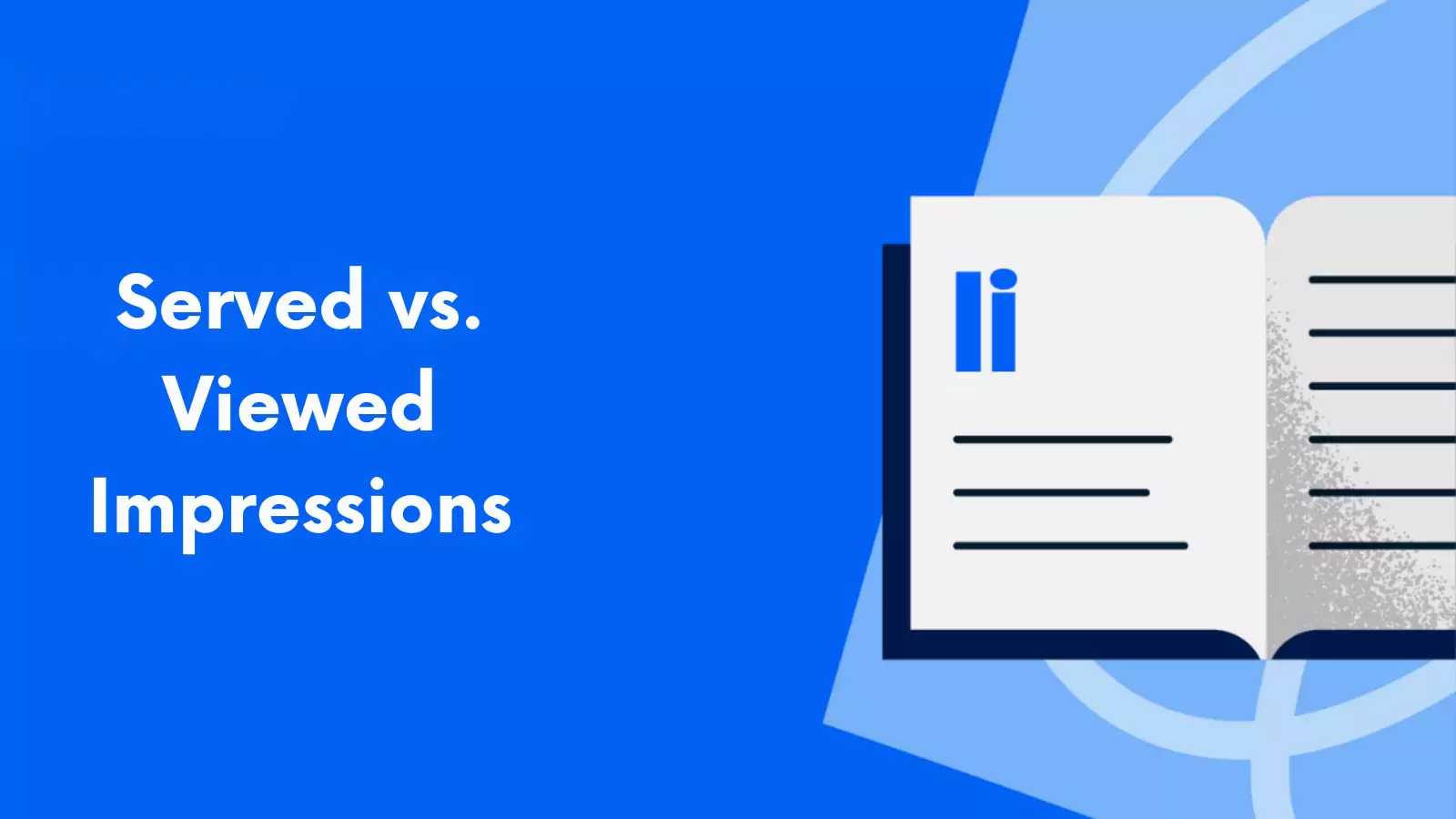 Not all impressions are created equal. Facebook distinguishes between served impressions, the total times your ad appears, and viewed impressions, when the ad is visible for over one second.
Not all impressions are created equal. Facebook distinguishes between served impressions, the total times your ad appears, and viewed impressions, when the ad is visible for over one second.
When you analyze Facebook reach vs impressions in detail, you begin to see the underlying nuances that separate mere appearance from actual engagement. A skincare brand may invest heavily in ads, generating thousands of impressions, but only a small fraction converts into viewed impressions. This discrepancy can make it difficult to determine the true performance of your campaign if you only look at one metric.
This section provides insight into reach vs impressions metrics in context. Analyzing served versus viewed impressions is crucial for understanding when and where your ads are visible to users. Mastering Facebook reach vs impressions enables finer ad strategy adjustments that maximize the impact of your spending & help avoid misinterpretations due to inflated figures.
Wrapping up this segment, we now look at how to balance both metrics to optimize your campaign outcomes. The next section will help clarify which metric should take precedence based on different campaign objectives, guiding your overall measurement framework.
Reach vs Impressions: Which Metric Deserves Your Focus?
When running a Facebook campaign, choosing to prioritize reach or impressions comes down to your overall objective. Both metrics serve distinct purposes, and success often hinges on striking the right balance between them.
If your goal is to introduce a new product or build broad brand recognition, maximizing the number of unique users who see your content is key. In such cases, focusing on reach ensures your message gets in front of fresh eyes. Conversely, if you’re targeting existing leads or re-engaging past visitors, increasing the frequency with which your message is displayed can reinforce interest and encourage action.
An effective strategy doesn’t lean too heavily on just one metric. Instead, pairing wide visibility with repeat exposure creates a more well-rounded and impactful approach. Understanding how these two indicators work together can help you avoid misleading performance insights and sharpen your campaign planning.
To make this process smoother, our next section introduces a tool that helps you stay on top of both metrics without the manual grind. Automation platforms like Socinator enhance content management, keeping your strategy focused and data-driven.
Socinator: Social Media Automation Tool
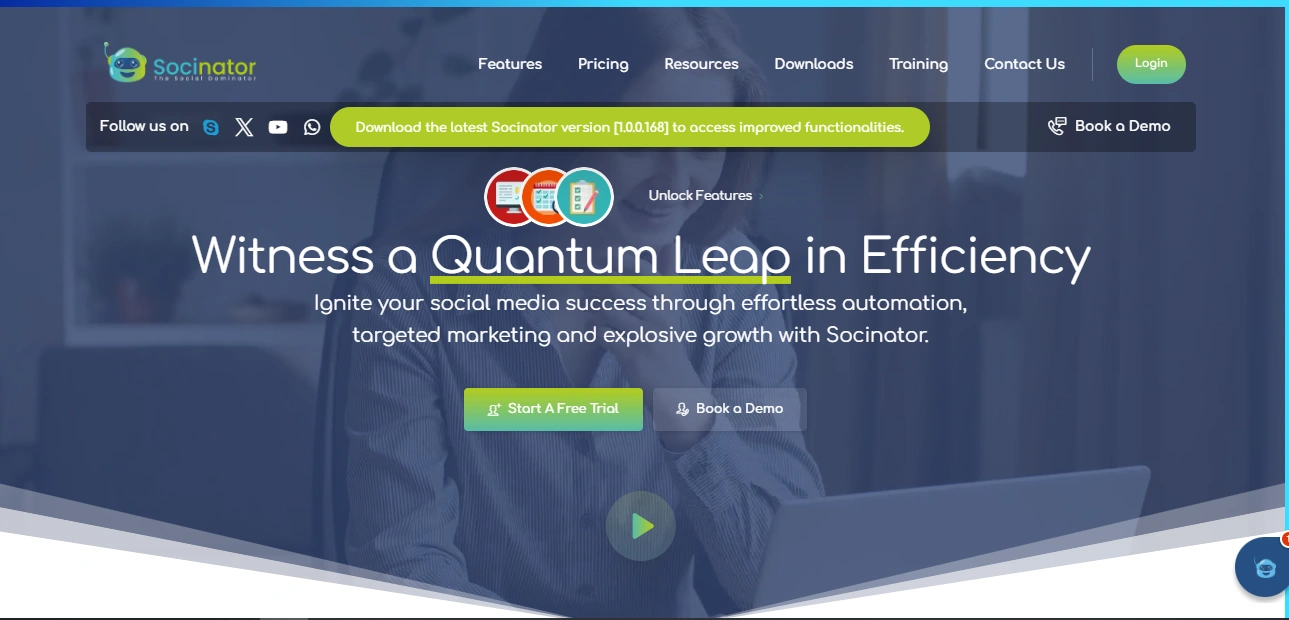 Socinator is a comprehensive social media automation tool designed to streamline the way you manage your digital presence. It supports more than nine major platforms, including Facebook, Instagram, Twitter, LinkedIn, YouTube, and Pinterest. Whether you are a marketer, content creator, or business owner, Socinator offers all the essential social media automation features to help improve your social media strategy and grow your brand efficiently.
Socinator is a comprehensive social media automation tool designed to streamline the way you manage your digital presence. It supports more than nine major platforms, including Facebook, Instagram, Twitter, LinkedIn, YouTube, and Pinterest. Whether you are a marketer, content creator, or business owner, Socinator offers all the essential social media automation features to help improve your social media strategy and grow your brand efficiently.
Understanding what does impressions mean on Facebook and how they differ from reach is vital when measuring campaign performance. Socinator gives you clear insights into these metrics so you can make smarter decisions and focus your efforts where they count.
Rather than juggling different apps for every platform, Socinator brings everything under one roof. This makes it easier to adapt your strategy as Facebook’s algorithm continues to evolve and ensures you stay active and visible.
Key Features for Facebook Management
Activity Reports and Insights
Socinator offers detailed analytics that show how your content is performing. These insights help you understand the difference between Facebook reach vs impressions so you can fine-tune your campaigns for better results.
Auto Like and Comment
Maintain a steady flow of engagement by automating likes and comments on Facebook posts. This keeps your account active and supports the algorithm’s preference for interactive content.
Schedule and Automate Posts from RSS
Easily plan your Facebook content ahead of time or automate it directly from RSS feeds. This ensures consistent posting and helps build both reach and impressions over time.
Auto Share Facebook Posts
Share your content across groups and pages automatically. This feature helps expand your audience and keeps your content circulating even when you are offline.
Broadcast Messages
Communicate with your followers in bulk for updates, announcements, or promotions. It helps ensure that your message reaches more people and increases visibility.
Socinator makes it easier to understand key performance metrics like reach vs impressions and helps automate the tasks that matter most. With its intelligent features and centralized control, Socinator is the perfect solution for anyone looking to grow on Facebook without constantly being hands-on.
2025-Proven Tactics To Maximize Both Metrics
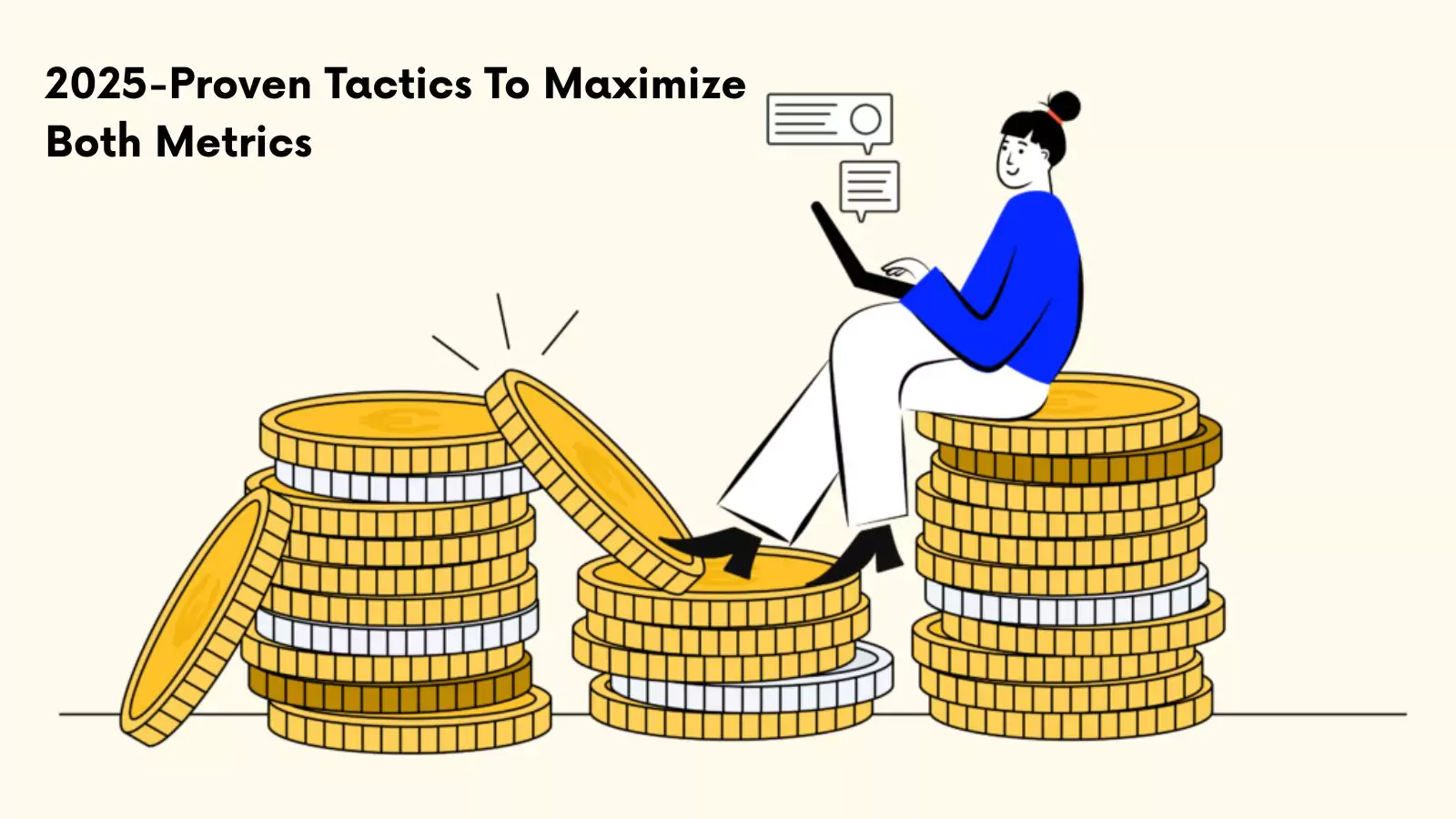 An effective strategy in 2025 requires you to combine tried-and-true tactics with innovative approaches tailored to today’s consumer behavior. With an emphasis on both reach and impressions, your campaign can achieve broader awareness and deeper engagement simultaneously.
An effective strategy in 2025 requires you to combine tried-and-true tactics with innovative approaches tailored to today’s consumer behavior. With an emphasis on both reach and impressions, your campaign can achieve broader awareness and deeper engagement simultaneously.
For enhancing reach, consider partnering with micro-influencers who are deeply rooted in niche communities. Their endorsement can expand your audience organically. Adjust your posting schedule to target peak engagement times. Studies show that posting during certain hours can lead to significantly better results.
Implementing strategies for Facebook reach vs impressions can boost your campaign results dramatically. Understanding variations in Facebook reach vs impressions is essential for targeted ad placement that balances broad visibility with effective frequency.
On the flip side, tactics aimed at increasing quality impressions require a focus on creative excellence and rigorous A/B testing. Running frequent tests on your ad creatives and formats can help you determine which visuals and copy generate the most compelling responses. Techniques like carousel ads, which showcase multiple products or offers, can help in achieving greater exposure while preserving audience interest.
By routinely monitoring both metrics and adjusting your strategies accordingly, you can remain agile in a rapidly evolving advertising environment. The next section will illustrate how these measurements compare across other major platforms, providing a broader perspective on what works beyond Facebook.
Reach vs Impressions Beyond Facebook: Instagram, TikTok, LinkedIn
 While Facebook continues to lead in social media advertising, expanding your view to platforms like Instagram, TikTok, and LinkedIn reveals how reach vs impressions can shift depending on the environment. Every platform has its own rhythm, user behavior, and algorithmic priorities that affect how your content is viewed and engaged with.
While Facebook continues to lead in social media advertising, expanding your view to platforms like Instagram, TikTok, and LinkedIn reveals how reach vs impressions can shift depending on the environment. Every platform has its own rhythm, user behavior, and algorithmic priorities that affect how your content is viewed and engaged with.
Instagram: Visual-First Engagement
On Instagram, content is primarily visual, and this format significantly influences how reach and impressions perform. Stories can quickly accumulate high impression numbers due to their placement and short lifespan, often being replayed or skipped through by the same users multiple times. However, strategic use of hashtags, location tags, and engaging reels can improve reach by helping content land in front of new eyes. For marketers, this means leveraging both metrics: crafting visuals that invite replays (boosting impressions) while using discovery tools to expand reach.
TikTok: Viral Momentum And Repeat Views
TikTok thrives on viral momentum. Its algorithm-heavy feed, the For You Page, pushes content rapidly to large numbers of users, often generating a burst of impressions early on. Since the same user might view a video multiple times or come across it more than once, impressions tend to outpace reach significantly. Still, when evaluating Facebook reach vs impressions in comparison, TikTok’s model reminds us that impressions can fuel engagement even if reach stays limited. The key lies in creating highly engaging short-form videos that are likely to be rewatched or shared.
LinkedIn: Professional Amplification
On LinkedIn, the dynamic changes again. A single post shared by an employee or engaged with by a few professionals can enjoy a large organic boost. This creates a scenario where both reach and impressions can grow substantially through peer sharing and endorsements. LinkedIn’s professional tone also means that while the content might not go viral in the traditional sense, its visibility among niche, high-value audiences is strong. Posts here benefit from sustained impressions as they remain active in feeds longer than other platforms.
Why Does a Cross-Platform Perspective Matter?
When analyzing Facebook reach vs impressions, it’s easy to focus solely on one platform. However, understanding how these metrics behave on Instagram, TikTok, and LinkedIn allows you to fine-tune your strategy based on platform-specific trends. For instance, while Facebook might be great for broad reach through targeted ads, TikTok can help build momentum with repeated views, and LinkedIn can offer extended visibility within professional circles.
The goal remains consistent across channels: understand the ratio and impact of reach and impressions, then tailor your content format, posting frequency, and engagement strategies accordingly. In doing so, your brand can achieve better visibility, stronger engagement, and more measurable growth across every major platform.
Also Read,
Social Media Impression VS Reach VS Engagement: Understanding The Difference
Final Thoughts: Facebook Reach vs Impressions
Understanding the difference between Facebook reach vs impressions isn’t just about reading numbers—it’s about interpreting what those numbers mean for your brand’s growth. Reach tells you how far your message travels, while impressions show how often it’s reinforced. When used together, they provide a fuller picture of your campaign’s effectiveness.
By aligning your content strategy with platform behaviors and leveraging tools like Socinator, you can strike a balance between visibility and frequency. Whether you’re building brand awareness, driving engagement, or optimizing ad spending, knowing when to focus on reach and when to boost impressions gives you the power to adapt and thrive in a competitive digital landscape.
With this knowledge in hand, it’s time to take action. Adjust your strategies, and make every impression and every viewer count.
FAQs: Facebook Impressions vs Reach
- Why are my Facebook impressions higher than my reach?
This usually means your content is being shown multiple times to the same audience. High impressions with lower reach can suggest that your current viewers are seeing your post more than once—often a result of boosted posts, ads, or strong engagement that keeps your content in circulation. - How do Facebook stories impact reach vs impressions Facebook metrics?
Facebook Stories are often viewed multiple times, which can drive up impressions without significantly increasing reach. Since stories disappear after 24 hours, users revisiting them can cause impressions to climb while reach remains steady. - Can low engagement affect my Facebook impressions vs reach results?
Absolutely. If your content isn’t engaging, Facebook’s algorithm may limit its reach and impressions. Focusing on content quality and relevance is key to improving both metrics organically. - How do Facebook ad placements influence reach vs impressions Facebook statistics?
Different placements—like News Feed, Stories, or Marketplace—can affect how often and to whom your ad is shown. Some placements naturally generate more impressions than others, which can skew your Facebook impressions vs reach ratio. - What’s a good benchmark to track success in Facebook impressions vs reach?
There’s no one-size-fits-all answer, but generally, if your impressions are 2- 3x higher than your reach, your content is getting decent repeated exposure. However, if the ratio is too high, it may signal ad fatigue or oversaturation, so it’s important to monitor and adjust based on your goals.

